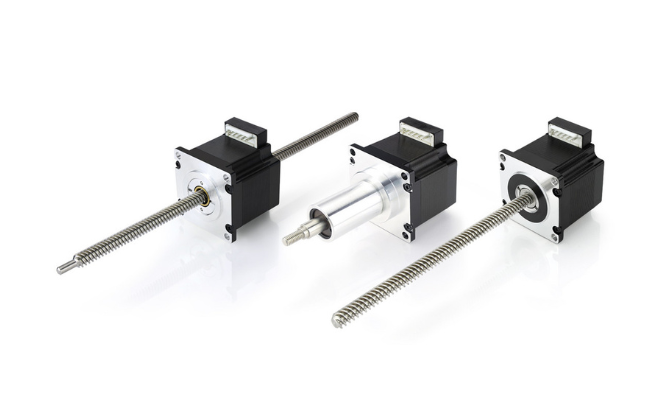In a world driven by automation, efficiency, and innovation, linear actuators have emerged as unsung heroes. These mechanisms, often overlooked, serve as the backbone for various motion-driven systems and applications. From the smooth movement of a hospital bed to the meticulous positioning in industrial machines, these devices have transformed the way we approach movement and automation. This article delves deep into the world of linear actuators, examining their essence and the profound impact they have on modern technology.
Understanding Linear Actuators
At its core, a linear actuator is a device that creates motion in a straight line, as opposed to rotational motion which is produced by a conventional electric motor. They are generally powered by electric, hydraulic, or pneumatic means. The actuator typically uses energy to generate a pushing or pulling force, thereby driving a mechanism or system in a linear direction.
The beauty of linear actuators is their simplicity and precision. They can produce motion with high accuracy, and this exactness is crucial in many applications where positioning is vital.
Applications in Diverse Domains
Linear actuators are versatile, finding utility across a wide range of sectors:
- Medical Equipment: In hospital settings, patient comfort and safety are paramount. Linear actuators are used in adjustable beds, chairs, and surgical tables, ensuring smooth and precise movement. This not only enhances patient comfort but also provides healthcare professionals with better access and positioning.
- Industrial Automation: Industries rely heavily on automated systems for manufacturing and processing. Here, linear actuators come into play by offering precise positioning, speed control, and synchronization. They are instrumental in conveyor belt systems, robotics, and CNC machines.
- Home Automation: Modern homes are becoming smarter, and automation plays a key role in this transformation. Linear actuators are used in automated windows, adjustable furniture, and even in certain security systems.
- Agriculture: Automated farming solutions often leverage the efficiency of linear actuators. They’re used in tractors, seed drills, and various other farming machinery to enhance precision and productivity.
- Automotive: Cars today aren’t just about the engine and aesthetics. They encompass advanced technologies for better functionality. From adjustable seats to sunroof mechanisms, linear actuators ensure optimal comfort and functionality.
The Tech Evolution: From Simple to Smart Actuators
Traditional linear actuators were straightforward devices, often mechanically driven. However, with the advent of technology, there’s been a marked shift towards ‘smart’ actuators. These advanced devices are embedded with sensors and are often integrated into IoT systems, allowing for remote control, feedback, and even predictive maintenance. This evolution ensures greater efficiency, longevity, and adaptability in dynamic environments.
Benefits and Advantages
- Precision: One of the standout benefits of linear actuators is their ability to offer high precision motion. This is invaluable in applications where even the slightest error can have significant repercussions.
- Compactness: Given their design and functionality, linear actuators are often compact, making them suitable for applications where space is at a premium.
- Flexibility: With a wide range of actuators available, varying in size, force, and stroke length, they cater to diverse needs. This ensures they can be tailored to specific requirements.
- Reliability: Modern linear actuators are designed to be robust and durable, capable of withstanding challenging environments and delivering consistent performance over extended periods.
- Energy Efficiency: Many electric linear actuators are designed to consume minimal power, making them energy-efficient, especially when compared to other motion-producing systems.
Future Trends: Where Are We Headed?
The future of linear actuators is bright, and it’s evolving in tandem with the rapid strides in technology. Here are some trends to watch:
- Integration with AI: As AI continues its march into various tech domains, its integration with linear actuators will result in more intelligent, self-learning systems that can adapt to changing scenarios.
- Miniaturization: As demands for smaller, more compact devices grow, the push for miniaturized actuators will intensify, especially in medical and electronics applications.
- Enhanced Materials: Research into new materials will lead to actuators that are lighter, more durable, and can operate under more challenging conditions.
In Conclusion
Linear actuators have indubitably transformed the way we move things, ensuring efficiency, precision, and adaptability. As industries and technologies evolve, these devices will continue to play an instrumental role in bridging the gap between innovation and functionality. Whether it’s in the automation of a factory floor or the comfort of a modern home, linear actuators stand as testimony to human ingenuity and the relentless pursuit of progress.


